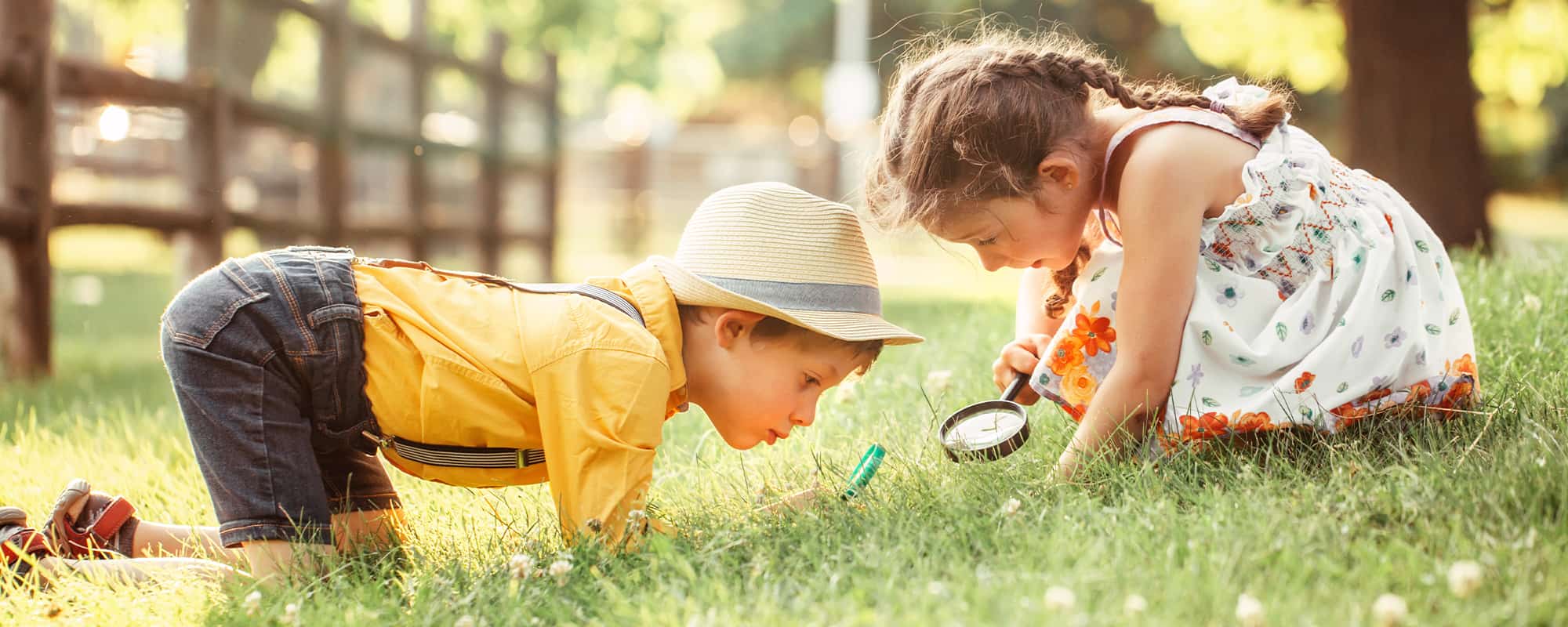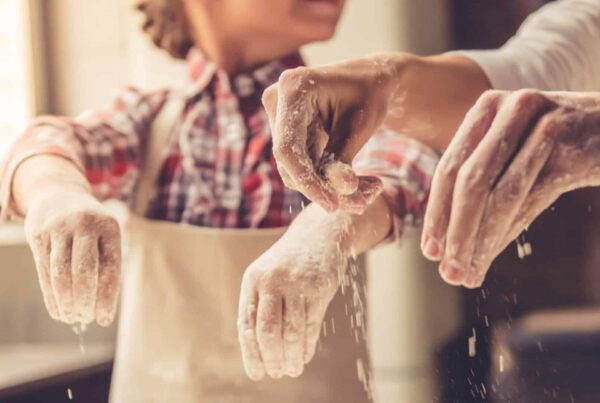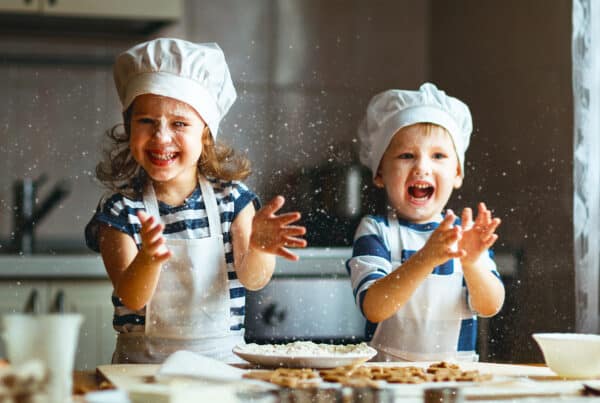Botany 101
Living in the tropics we can sometimes forget just how unique and biodiverse of an ecosystem it is. We are surrounded by draping fig trees, iridescent butterflies, giant birds (and bugs), and crazy cool plants.
We use plants every day, we eat them, we wear them, we write on them, we live in them, we use them as medicine – but do we know anything about them? We did some study and thought we’d share just how interesting and complex plants are, and how you can grow your own in your backyard.
Keywords
- Photosynthesis – A chemical reaction that uses carbon dioxide, water, and sunlight, converting it into oxygen and glucose (a sugar) for energy and respiration.
- Respiration – A chemical reaction that utilises glucose for energy (we do this too).
- Stomata – Pore like structures on the underside of leaves that control gas exchange, such as oxygen and carbon dioxide.
- Pollination – The process of pollen being moved from the anther to the stigma.
- Chloroplast – An organelle (small organ) where photosynthesis happens.
- Eukaryote – What all multi-cellular organisms are called, it’s pronounced ‘you – carry – oat’. Prokaryotes are unicellular.
Once seeds are spread and find themselves in the perfect spot with the perfect climate, they will germinate. The first root that comes out (fancy name radicle) grows downwards, and it knows that because plants can sense gravity (gravitropism). Then the shoot (plumule) starts growing, as quickly as possible towards the light (phototropism) to begin photosynthesising.
It’s not just plants that can photosynthesise, there are other prokaryotes and seaweeds that create oxygen for all of us to breath. Because photosynthesis needs sunlight, at night when there is no light, another reaction called respiration occurs.
For most plants, once they are mature, they will flower then fruit through pollination and fertilisation. There can be male plants, female plants, plants that are both, or none, and a few other mixes.
Some plants don’t need help to move their pollen between others, but many do – that’s where pollinators come in. When animals and insects eat the nectar from a flower, they get pollen on them that they then transfer to other flowers and plants.
Once pollen grains get into the correct flower, they help fertilize it, which then creates seeds. The reason we love fruit so much is because it’s so tasty, well seed dispersers think so too. When they eat fruit, the seeds don’t get digested and eventually come out the other end. This tends to happen further away from the parent plant.
A great example of this is bird poop, next time take a closer look and you’ll likely see little seeds in it. Dispersal can happen from animals carrying fruit too, next time you hear a giant mango thud on your roof, you’ll know it’s seed dispersal in action.
Facts
- Fungi, such as mushrooms and yeast, aren’t plants, they are part of the Fungi kingdom.
- Rainforests are the most biodiverse ecosystems in the world.
- There are over 600 carnivorous plants in the world, and Australia has over 250 of them!
- Plant cells have cell membranes and walls, animal cells (like us) only have membranes.
- Fruit is actually the swollen ovary of the flower, and the seeds are the ovules (eggs).
Gardening 101
A lot goes into a successful garden, and that’s because plants are living just like us. So just like you and I, plants need the right amount and type of energy, nutrients, and water.
Since we’re in the wet season and it’s too wet to sow seeds, now is the time to start working on the soil – to make sure it’s full of nutrients. Compost and mulch are a great way to achieve this.
Once it begins to get a little drier, start planning what you’d like to grow – consider what you enjoy, and what you often eat at home, and do they come with seeds. Pawpaw is a great option.
Once you’ve picked your species, you’ll need to do some research to make sure they get the right food and energy. There can be too much of a good thing, so be mindful of where you grow your plants and how much light and water they get.
Some plants, such as tomatoes, can be too tasty for other animals to pass up. Since we’re wanting to eat our fruit and not share it with dispersers, this is the perfect opportunity to get crafty and make scarecrows or get bird netting for protection.
A healthy garden always needs insects, bugs, critters, creepy crawlies, whatever you call them, they all play an important role in pollination.





